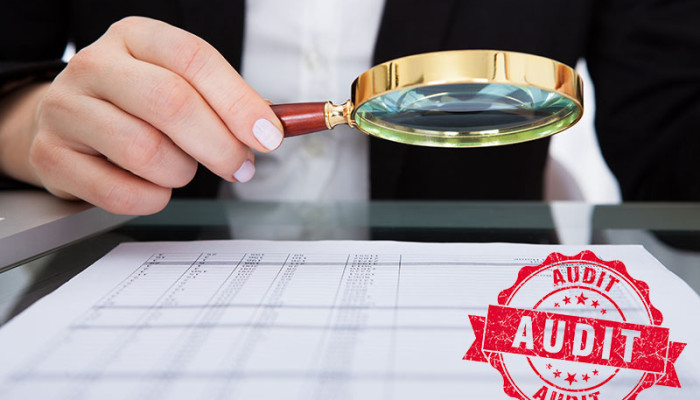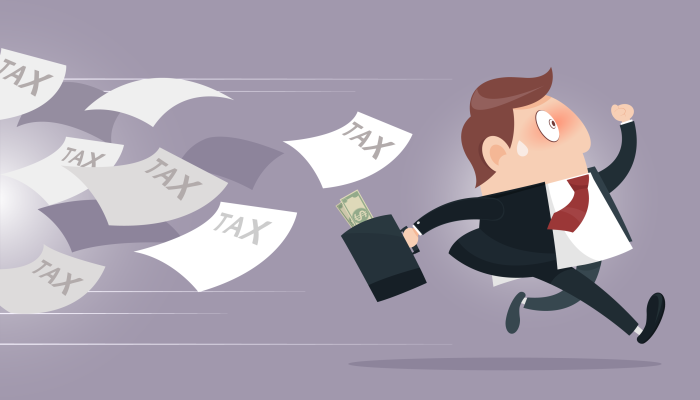Your tax return may not be due for another few months, but that doesn’t mean you shouldn’t start working on your end-of-year tax plans. With the calendar year ending soon, there are certain steps you should consider to minimize your tax obligation.
Figure out your tax brackets
One of the first things you need to do is figure out what your tax rate will be for this year and next year. This is important; depending on your tax bracket status, it may be more advantageous to defer certain tax deductions or income to next year, or take them this year.
Defer or accelerate income and tax deductions
Once you know which tax bracket you will be in this year and most likely be in next year, you can decide how you want to time when you use certain deductions and receive certain income. For example, if you think you will be in a higher tax bracket next year, you might want wait to use a deduction until next year and do everything you can to receive all the income possible this year. But if you anticipate being in a lower tax bracket next year, you might want to use the tax deduction now and defer the expected income until the next tax year. Note that if you are able to receive a current year’s income in the following year, such as an end-of-year bonus, you’ll need to confirm this is a normal business practice for your employer.
Take full advantage of your flexible spending account
Also known as a flexible spending arrangement or FSAs, these financial accounts allow an employee to put pre-tax dollars into an account throughout the year, which can then be spent on certain health expenses not otherwise covered by the employee’s health plan. One of the biggest drawbacks of an FSA is that funds contributed, but not used, are forfeited at the end of the calendar year. Recent changes have mitigated this “use-it-or-lose-it” rule somewhat by allowing up to $500 to be carried over into the following calendar year. The changes also allow the employer to provide a grace period of up to 2 ½ months to spend the money.
Make an extra mortgage or state tax payment
By paying that January mortgage payment in December, you can effectively take 13 months worth of deductible mortgage interest for the current year. The same principle can be used for state taxes due early the following year. Instead of making that state tax payment in January, make it in December and claim a bit more in your itemized deductions for the current tax year. But be careful if using this tax strategy: if you are subject to the Alternative Minimum Tax, or AMT, you may not be able to take full advantage of these early payments.
Loss harvesting
Selling off losing investments can give you tax losses to offset any capital gains during the current tax year. There are a few things to keep in mind. First, you can only use up to $3,000 in losses to offset any gains. Any additional losses can be carried over to the next tax year, though. Second, be aware of the wash-sale rule, which will effectively undo the tax offset if a “substantially identical” security is bought or sold within 30 days of the tax offset sale. Three, do not let your desire to engage in loss-harvesting override your overall investment goals.
In Closing
These are just a few of the potential end-of-year tax strategies you may want to consider. And not all these tips will be right for everyone. The best thing to do is to consult with your tax professional to see which steps make the most sense and the best way to go about taking full advantage of them.









